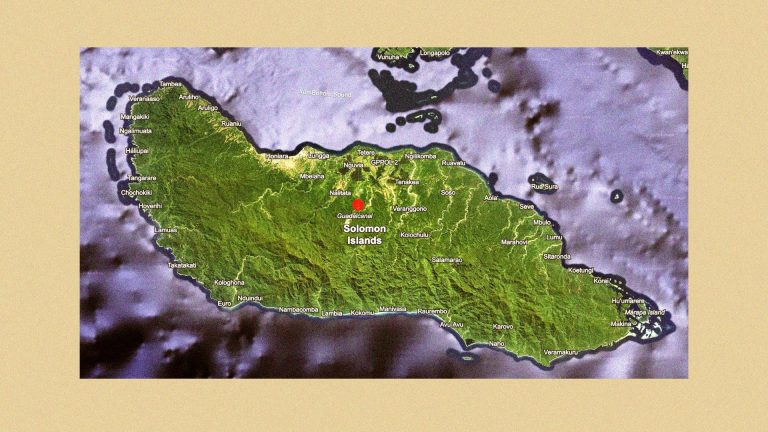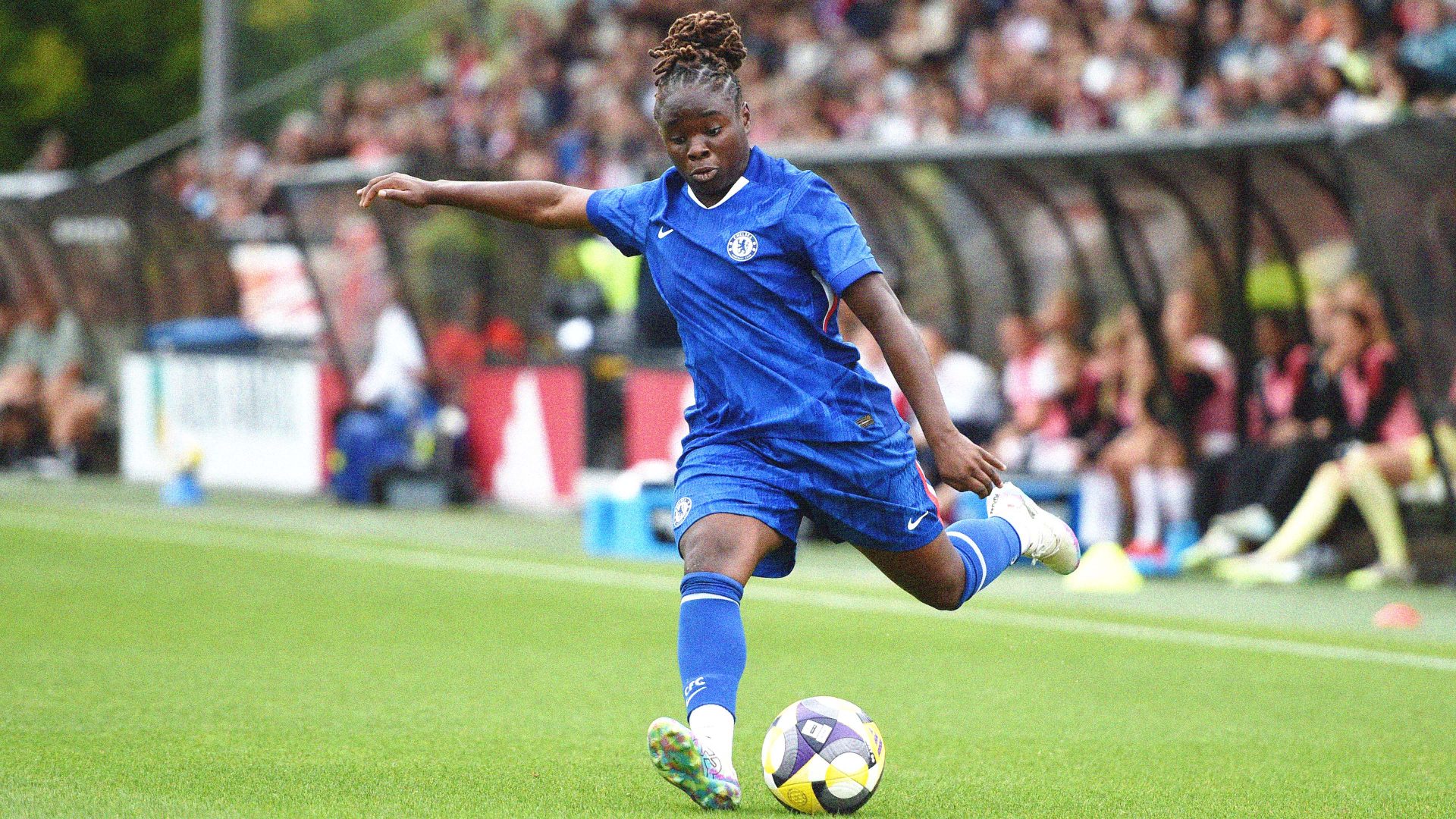A number of young women who most of us had never previously heard of have recently been in the news. They have come to our attention because they have been among the top-class international footballers who have been competing in the 2025 Uefa Women’s Euro football competition at various venues in Switzerland.
Many of the English and Welsh players taking part in the competition have family names which are unremarkable in a British context, including surnames such as Hampton, Carter and Williamson. But one of the French squad also has the intriguingly English-language-sounding name of Sandy Baltimore. She is a left-sided player who plays for Chelsea as well as France, and has been playing an important role as part of the French national team at the current Euros. She scored a brilliant goal for the French in their 2-1 defeat of England.
An interesting issue for this column is the question as to why a French woman should be the bearer of a surname like Baltimore, a name which we more often than not hear in connection with Baltimore, Maryland, the 30th largest city in the USA, with a population of about half a million, so about the same size as Bristol.
It is intriguing that, although Sandy was born in Paris, her family origins lie in Guadaloupe, the French Caribbean island group whose name we discussed here in a recent column. Other people called Baltimore appear in census materials from Martinique (which is also in the French Caribbean), plus Antigua and the US Virgin Islands, which were historically French-creole speaking. Sandy herself claims not to be able to speak English “yet”.
The East Coast American metropolis took its own name from Cecil Calvert, who was the 2nd Baron Baltimore, an English politician and lawyer who was one of the founders of the new American Province of Maryland. The Calvert family took the title of Baron Baltimore from Baltimore Manor, which was an estate in County Longford, now in the Republic of Ireland, which they had been granted by the British Crown as part of the so-called plantations of Ireland. These “plantations“ involved the confiscation – in other words, theft – of land and properties belonging to the indigenous Gaelic-speaking Irish population by the British Crown.
Irish Gaelic and Scottish Gaelic are no longer the same language, though the Scottish variant descends from Celtic dialects which had been taken from north-eastern areas of Ireland across the sea to the Scottish Highlands and Islands, probably in the 400s AD. Common words such as those corresponding to English big, town and house remain recognisably very similar.
The name Baltimore itself is an anglicisation of the original Irish Gaelic name Baile an Tí Mhóir, meaning “town of the big house”. Baile is “town, village, settlement” and also occurs in other Irish, and Highland Scottish names such as Ballymena and Ballymoney in Northern Ireland, as well as Ballachulish in the Highlands of Scotland. An is the definite article “the”, in both variants: and tí derives from the Gaelic for “house”, which can also occur as teach.
Confusingly, the current Irish-language name for the Irish village of Baltimore is Dún na Séad meaning “fort of the jewels”, which has no connection at all to either the Irish or the American place-names.
Suggested Reading


Guadalcanal, the Spanish village that became a Pacific battlefield
Squad
Squad is an abbreviated form of squadron, a word borrowed from French, which originally referred to a body of soldiers drawn up in a square. This came from Latin ex “out” plus quadrare “make square,” from quadrus “a square”. The word was first used in a sporting context in 1902.




